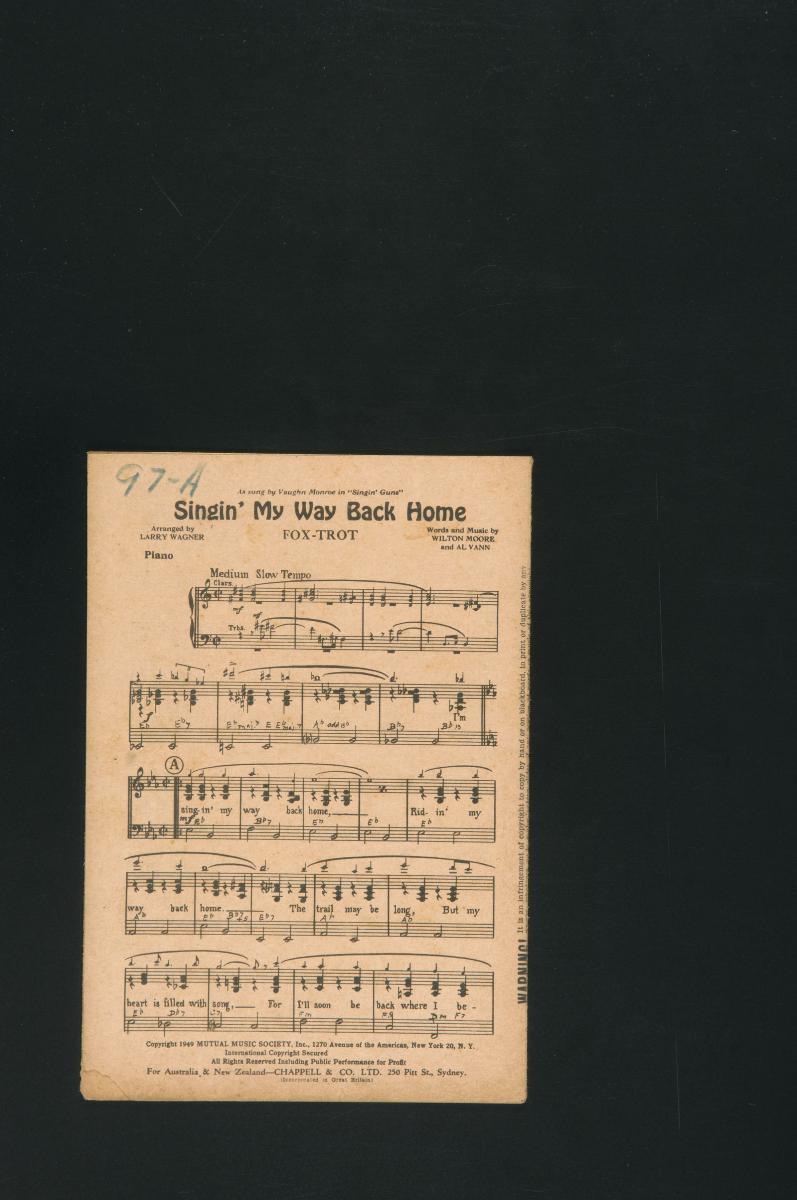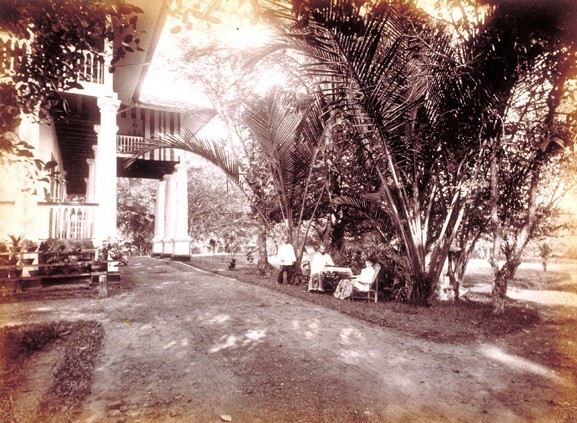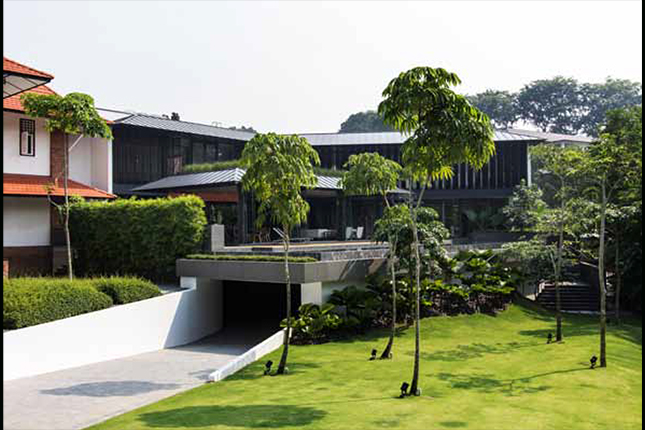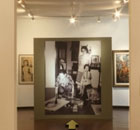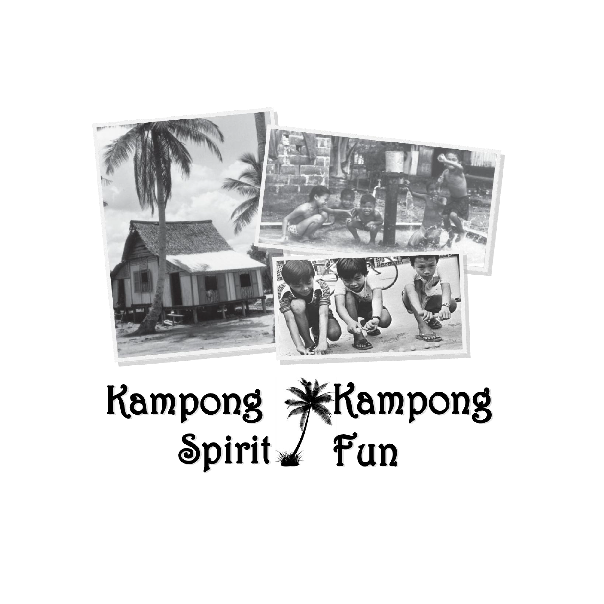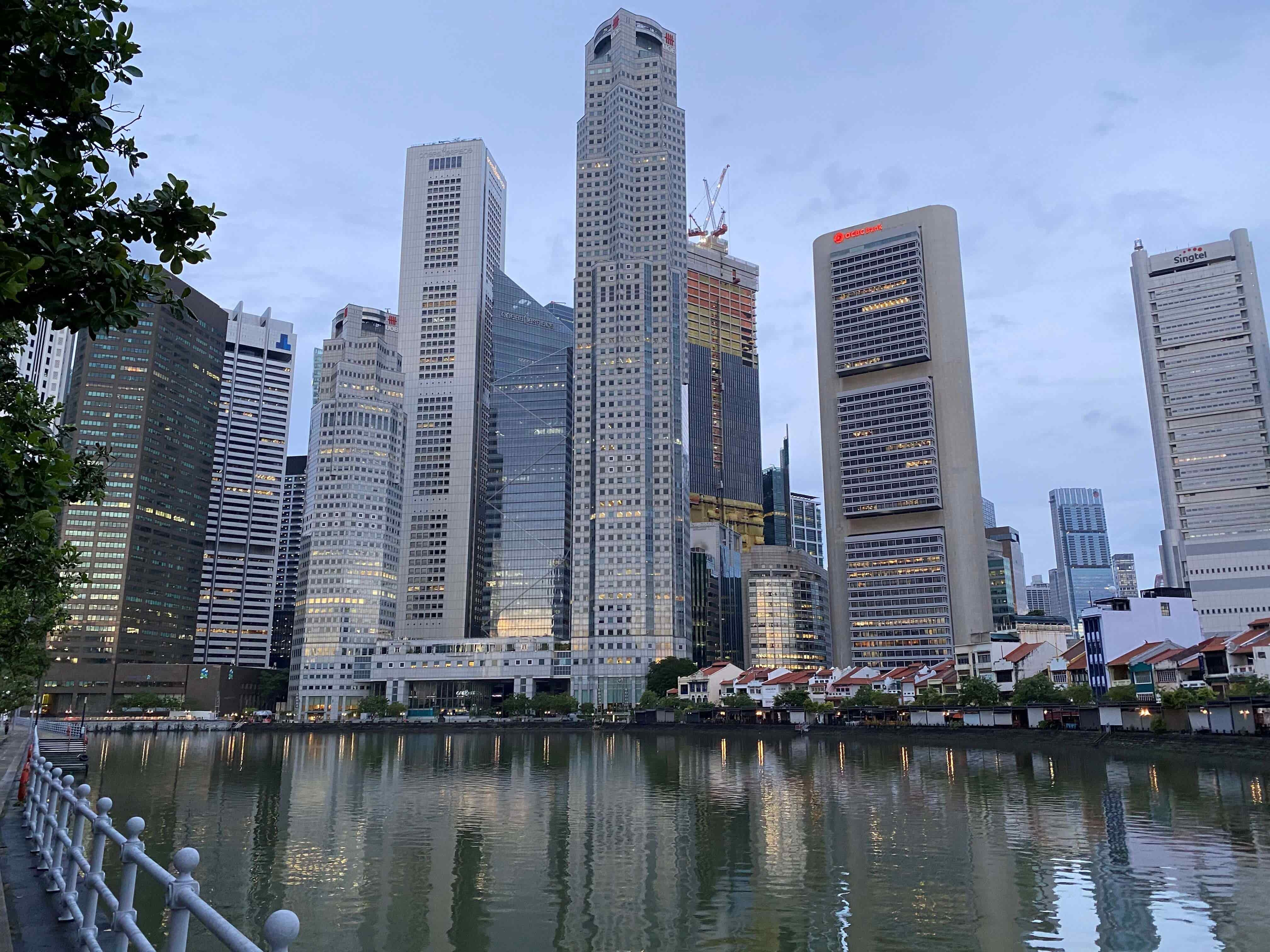Download Queenstown Trail Booklet
Coined “black and white” after their distinct black timber frames and white walls, these buildings in Wessex Estate were constructed by the British from the 1930s onwards to house British personnel working in the nearby military installations at Alexandra and Pasir Panjang.
The Black and White style is best known in Singapore for its use in colonial bungalows. The term “bungalow” is derived from a Hindi dialect word “bangala”, which means “of or from Bengal.” These Anglo-Indian bungalows, which featured a thatched roof and long eaves protruding from the top of the exterior walls, were common in that part of India. Supported by timber pillars, the eaves formed a veranda which sheltered the house from rain and prevented its interior from overheating. The British modified the design of the bungalows with Classical columns and tall shuttered windows, and replaced mud walls with bricks and tiles.
This unique architecture, which created a cooler living environment for the British in tropical colonies, was brought into Singapore. With the withdrawal of British military forces in 1971, these apartment buildings were vacated. Today, they are used as work lofts and residences.
The Black and White buildings or Ang Moh Chus (Hokkien: 红毛屋) were playgrounds for some Queenstown residents.
“My brothers and I would always walk across the railway tracks and make our way to the Ang Mo Chus. These houses were big and beautiful and it seems like a paradise. We would play catching and hide-and-seek there.”
– Tan Teck Wah (b. 1952) recalled






